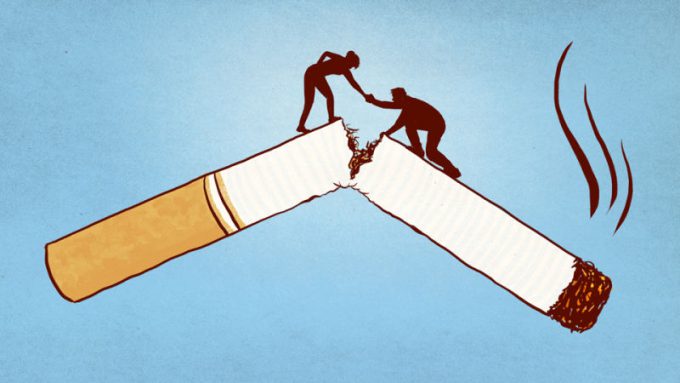Are you having trouble cutting cigarettes from your life? It’s a common problem that virtually all smokers face – the cravings, the withdrawal symptoms, the changes in mood and irritability.
These are all natural side effects to kicking a smoking habit, and as tough as they may be to overcome, it’s better than the alternative of chain smoking for the rest of your life.
Check out these four facts about smoking from Bernard Antoine, a smoking cessation and addiction specialist in Paris, France, which can help you plan and focus for the difficult task at hand.

That ‘urgent need’ for a cigarette is short lived
You always hear from quitters that the uncontrollable desire to smoke is a constant nagging feeling in their minds. But those typically-three-minute cravings are most prominent in the first few weeks of quitting smoking.
Related: Smokers Earn Less, Less Likely to Get Hired: Study
While smoking withdrawal symptoms are a real issue, they aren’t unmanageable like a lot of ex-smokers suggest – compared to withdrawal symptoms from something like alcohol for example, they’re quite mild.
Quitters can become addicted to nicotine patches, or alternative nicotine-replacement products
If you’re concerned about using, and then becoming addicted to, nicotine patches, be aware that alternatives can be just as addictive. Quitters have commonly developed addictions to replacement products that contain nicotine.

Roughly 10% of people who use nicotine-replacement products become dependent or addicted to them.
Quitters can experience nightmares shortly after stopping cigarettes
Like cravings and withdrawal symptoms, nightmares can affect smokers in the initial weeks of cutting nicotine. The most common dream is, unsurprisingly, imagining you’re smoking again. The nightmare phase doesn’t last long, however.
Cravings diminish progressively
Nicotine undoubtedly plays its part, but what smokers are truly addicted to is the stimuli, reflexes, and rituals that come along with smoking. So in order to make progress in your goal, you’ll need to learn to let go of those conditioned reflexes.

Becoming an ‘ex-smoker’ isn’t a two-week project – the overall process can take up to six months, or even double that. As time passes, the cravings and the need to act on those conditioned reflexes will subside. Mental strategies to deal with cravings can expedite the process, too.
Quitting smoking improves your quality of living
A smoker that sees oneself as needing to smoke to define an aspect of their life, they won’t experience what life offers sans-cigarettes. Many smokers have been associated with smokes for so long, they can’t remember the true feeling of well-being that was attainable before smoking regularly.
Related: U.S. Smoking Rate Hits a Historic Low
To elicit those good feelings and a revitalized outlook on life, don’t quit on quitting!











